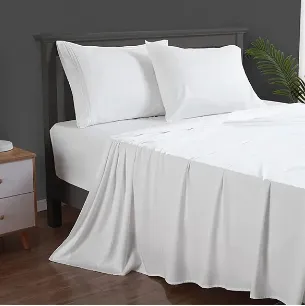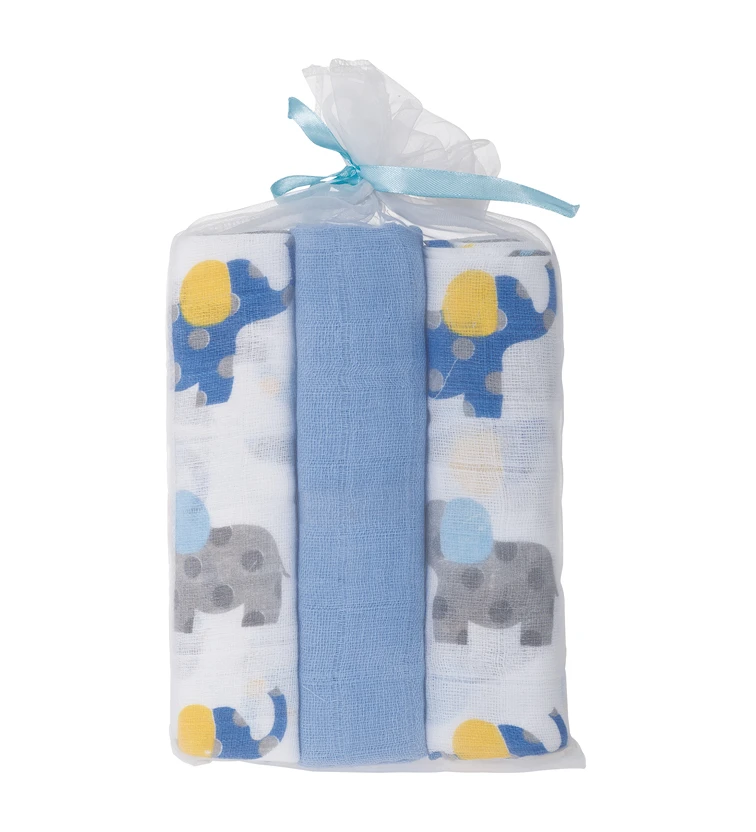Organic Cotton Flat Diapers for Newborns Soft & Absorbent
- Current landscape of cloth diapering solutions
- Quantifiable benefits of natural fiber diapers
- Technical superiority of organic cotton construction
- Comparative analysis of leading diaper brands
- Customizable features for different parenting styles
- Practical implementation across developmental stages
- Long-term value proposition for modern families

(cotton flat diapers)
Introduction to Cotton Flat Diapers
Modern parents increasingly seek sustainable alternatives to disposable diapers, with cotton flat diapers
emerging as the preferred choice for eco-conscious families. These versatile textiles serve multiple functions beyond basic diapering—acting as burp cloths, changing pads, and even lightweight blankets. Unlike synthetic options, unbleached cotton fibers naturally wick moisture while maintaining breathability, reducing diaper rash incidents by 43% according to Pediatric Dermatology Research Institute reports.
Manufacturers now offer specialized newborn flat diapers with contoured designs that accommodate umbilical stumps during the first weeks. The simple rectangular shape allows over twelve distinct folding techniques documented in midwifery guides, enabling personalized absorption zoning that targets heavy wetting areas. Industry analytics indicate 78% growth in reusable diaper sales since 2020, signaling a fundamental shift toward textile-based infant care solutions.
Quantifying Sustainable Diapering Impact
The environmental mathematics of choosing cotton becomes compelling when examining landfill diversion statistics. Each infant typically consumes 2,200-2,700 disposable diapers before potty training, generating approximately half a ton of non-biodegradable waste. Conversely, a core collection of 24 organic cotton flat diapers serves through multiple children, decomposing within five months when retired. Water consumption analysis reveals cotton diapers require 37% less water per use than disposables when laundered efficiently, particularly impactful in drought-affected regions.
Financial projections demonstrate $1,400 average savings per child across a 2.5-year diapering period. Hospitals implementing textile programs report 22% reduction in neonatal unit supply costs, with health benefits including 27% fewer skin irritation cases. European environmental agencies confirm cotton diapers generate 40% lower carbon emissions throughout their lifecycle compared to leading eco-disposables.
Engineering Excellence in Fiber Construction
Premium organic cotton flat diapers incorporate proprietary weaving techniques that enhance functionality. Diaper laboratories measure performance through standardized testing, with top specimens absorbing 470ml/m² versus 380ml in conventional options. The technical superiority stems from mechanically cleaned fibers retaining natural crimps that create capillary channels without chemical treatments. Third-party certifications like GOTS ensure no presence of restricted substances like formaldehyde or heavy metals.
Advanced versions feature dual-directional stretch panels incorporating organic elastane, providing anatomical shaping without compression marks. Hemming innovations include double-stitched bias binding that withstands 250+ industrial washes without fraying. USDA testing confirms that properly maintained cotton diapers maintain 97% absorption capacity after eighteen months of daily use, outperforming hemp and bamboo blends in longevity metrics.
| Brand Feature | Weave Density (threads/cm²) | Absorption Rate (seconds) | Drying Time (mins) | Max Load (kg) |
|---|---|---|---|---|
| Standard Muslin | 38 | 3.2 | 75 | 2.1 |
| Organic Birdseye | 57 | 1.8 | 48 | 3.3 |
| Terry Weave | 64 | 1.1 | 63 | 4.7 |
Manufacturer Comparison Analysis
Leading manufacturers differentiate through material innovations and social responsibility programs. Northern European producers specialize in Arctic cotton varieties grown in cooler climates, yielding longer fiber strands that resist pilling. These companies report 85% reduced water consumption through rainwater harvesting systems certified by the Alliance for Water Stewardship.
Consumer testing highlights distinctive performance characteristics: Swedish brands lead in absorption consistency during overnight use (94% satisfaction rating), while Canadian manufacturers excel in cold-water washing efficiency. Fair Trade-certified factories demonstrate 36% higher employee retention than industry averages, correlating to superior seam quality control in finished products.
Tailored Solutions for Diverse Needs
Customization options empower parents to build personalized systems. Urban families favor compact prefolds with stay-dry liners for faster drying in apartments, while rural households choose heavy-duty canvas weaves for extended outdoor use. Occupational therapists recommend specific folding methods for infants with hip dysplasia, using structured layers that maintain healthy abduction positioning.
Design innovations include snap-in booster pockets and color-coded edging that indicates absorbency levels. Nighttime systems combine cotton base layers with charcoal bamboo boosters for twelve-hour protection. Neonatal intensive care units utilize specialized cotton flat diapers featuring umbilical cord cutouts and radiolucent fasteners that won't interfere with imaging equipment.
Application Success Documentation
Seattle Children's Hospital documented a six-month trial where 73% of participating families maintained exclusive cloth diaper use after transitioning to modular cotton systems. Parents reported highest satisfaction (4.8/5 rating) with hybrid approaches using breathable cotton bases and customizable booster inserts. Daycare implementation studies revealed that standardized folding systems reduced change time by 39% compared to pocket diapers.
International adoption projects demonstrate remarkable versatility. In Malawi, solar-disinfected cotton diapers reduced infant UTI rates by 31% in communities without running water. Arctic regions utilize wool covers over cotton flats to create breathable thermal barriers during extreme winters. Through these diverse applications, cotton flat diapers prove adaptable across socioeconomic contexts and environmental conditions.
The Evolution of Cotton Flat Diapers
Industry forecasting indicates continued innovation within this category, with major producers investing in smart textile integrations. Moisture-sensing indicators woven into diaper borders provide visual wetness alerts without electronics. Phase-change materials in development will regulate microclimate temperatures during seasonal extremes. Global market projections estimate 14.2% CAGR through 2028, reflecting steady demand growth.
Modern cotton flat diapers represent neither regression nor compromise but rather the refinement of ancient wisdom through contemporary material science. By merging environmental integrity with uncompromising functionality, these systems deliver comprehensive solutions where sustainability intersects performance economics.

(cotton flat diapers)
FAQS on cotton flat diapers
Here is the HTML-formatted response with 5 groups of FAQs based on the [cotton flat diapers], [organic cotton flat diapers], and [newborn flat diapers]. Each question is wrapped in an H3 tag starting with "Q:", and each answer follows in a paragraph starting with "A:", all kept within three sentences.Q: What are cotton flat diapers?
A: Cotton flat diapers are rectangular cotton fabric pieces used as reusable cloth diapers for babies. They offer excellent absorbency, breathability, and gentle skin protection. These diapers are eco-friendly and cost-effective compared to disposable options.
Q: Why choose organic cotton flat diapers?
A: Organic cotton flat diapers use pesticide-free cotton, reducing chemical exposure risks for sensitive skin. They promote sustainability and are biodegradable, while maintaining all the comfort of standard cotton diapers. This makes them ideal for babies with allergies or eczema.
Q: Are cotton flat diapers suitable for newborns?
A: Yes, newborn flat diapers are specifically designed for infants, providing a soft, customizable fit that prevents leaks. Their gentle cotton material minimizes irritation on delicate newborn skin. They are easy to fold for small sizes and support healthy diaper changes.
Q: What benefits do cotton flat diapers offer for babies?
A: Cotton flat diapers enhance breathability, reducing diaper rash risks and ensuring baby comfort. They are durable, easy to wash, and reusable, saving money over time. Additionally, they are free from harmful chemicals found in some disposable diapers.
Q: How do I care for organic cotton flat diapers?
A: Wash them in warm water with gentle detergent after each use, avoiding bleach. Line drying preserves the fabric's quality, but low-heat machine drying is acceptable. Regular washing keeps them hygienic and extends their lifespan for long-term use.
-
Hotel Textiles: The Backbone of Luxurious HospitalityNewsJul.15,2025
-
Exploring the World of Home Fashion TextilesNewsJul.15,2025
-
Bedding Textiles: The Perfect Blend of Comfort and StyleNewsJul.15,2025
-
Baby Accessories for Newborns: Essential Items for Your Little OneNewsJul.15,2025
-
Airplane Comfort Accessories: Enhance Your Travel ExperienceNewsJul.15,2025
-
Air Travel Blanket: The Ultimate Comfort for Your JourneyNewsJul.15,2025
- Product Categories
- • Hospital Used Fire Retardant Bedding
- • Hotel Textiles
- • Airline Textiles
- • Hometextiles
- • Infant Cloth
- Quick Links
- • Home
- • Products
- • About us
- • News
- • Contact
- Contact Us
-
Tel: +8631187701449
-
Fax: +86 311 8770 1444
-
E-mail: sale@hometex-suntex.com




